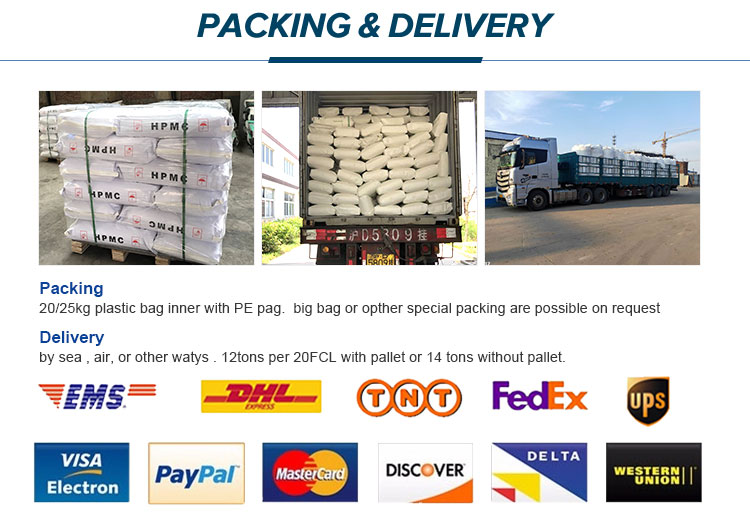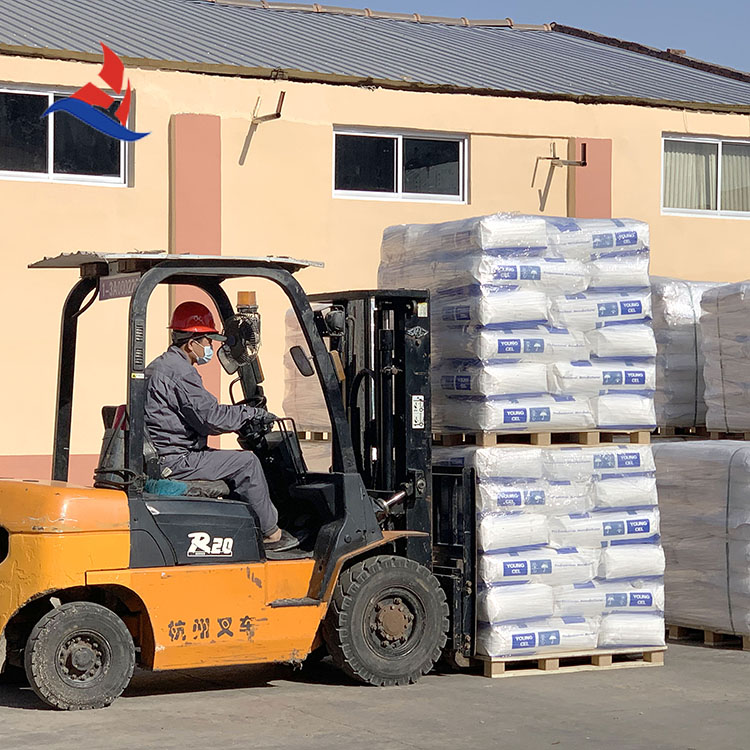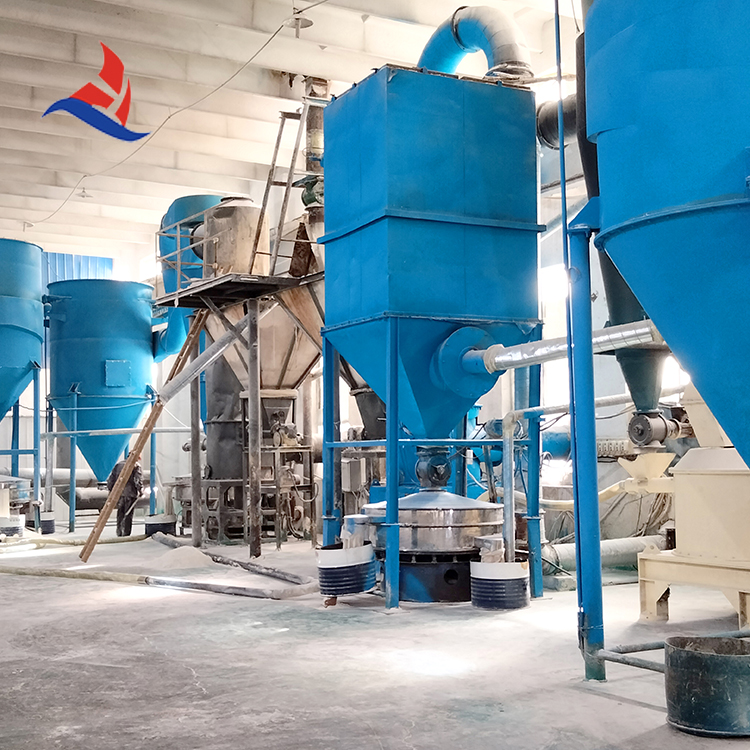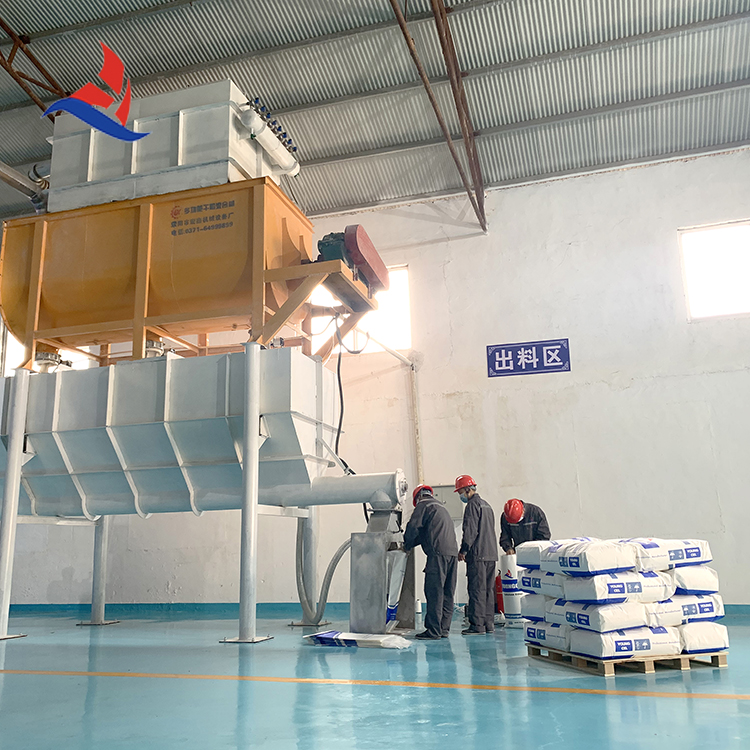The Pivotal Role of Cellulose Ethers in Modern Construction
The global construction industry is constantly seeking innovative materials and additives to enhance performance, durability, and sustainability. Cellulose ethers, particularly those developed for construction-grade applications, have emerged as indispensable components in a wide array of building materials. These polymers significantly improve the workability, water retention, and adhesion of cement-based mortars, gypsum products, and tile adhesives, directly impacting the final quality and longevity of structures. As a leading manufacturer, we understand the critical demand for high-performance additives like Methyl Hydroxy Ethyl Cellulose Best Selling, along with other essential products such as Stable Quality HPMC, HEC, MHEC, CMC, and RDP, all designed for construction applications where high purity and consistent performance are paramount. Our commitment to excellence ensures that our offerings meet the stringent demands of modern building practices, contributing to efficient and robust construction outcomes.
Understanding Methyl Hydroxy Ethyl Cellulose (MHEC)
Methyl Hydroxy Ethyl Cellulose Best Selling (MHEC) is a non-ionic cellulose ether derived from natural cellulose, specifically modified through etherification with methyl chloride and ethylene oxide. This dual modification imparts unique characteristics that make MHEC highly versatile in construction. Its molecular structure allows for exceptional water retention, preventing premature drying of mortars and plasters, which is crucial for proper cement hydration and improved bond strength. MHEC also acts as a rheology modifier, enhancing the viscosity and workability of fresh mixes, allowing for easier application and improved sag resistance, particularly in thick-layer applications. The controlled substitution degree of methyl and hydroxyethyl groups contributes to its thermal stability and predictable performance across varying environmental conditions, making it a reliable choice for formulators aiming for consistent quality and optimal application properties in their construction formulations.

Advanced Manufacturing Process for High Purity Cellulose Ethers
The production of high-quality cellulose ethers, including Methyl Hydroxy Ethyl Cellulose Best Selling, involves a sophisticated multi-stage chemical synthesis and purification process. It begins with the careful selection of high-purity refined cotton linter or wood pulp as the primary cellulose source. This raw material undergoes alkali treatment, where it reacts with a strong alkaline solution to activate the cellulose. Subsequently, etherification reactions occur, introducing methyl groups (from methyl chloride) and hydroxyethyl groups (from ethylene oxide) to the cellulose backbone under precise temperature and pressure controls in a state-of-the-art reactor. This critical step determines the specific properties of the final product, such as viscosity and gelation temperature.
Post-reaction, the crude cellulose ether is subjected to rigorous washing processes to remove impurities, by-products, and residual salts, ensuring the high purity required for construction applications. The purified product is then carefully dried, milled to a desired particle size distribution, and sieved to achieve optimal dispersion and dissolution characteristics. Throughout the entire manufacturing chain, adherence to strict inspection standards, including ISO 9001 for quality management and ISO 14001 for environmental management, is rigorously maintained. Each batch undergoes comprehensive quality control checks for viscosity, moisture content, ash content, and particle size distribution, guaranteeing consistency and superior performance for applications requiring Stable Quality HPMC, HEC, MHEC, CMC, and RDP. This meticulous process ensures a long effective service life for the additive within the final construction material, contributing to its overall durability and integrity.

Key Technical Parameters and Specifications
Understanding the precise technical parameters of cellulose ethers is crucial for engineers and formulators to select the optimal product for their specific construction applications. Our range of high-purity cellulose ethers, including Methyl Hydroxy Ethyl Cellulose Best Selling, is characterized by stringent specifications that ensure consistent and superior performance. The following table provides typical technical data for various grades of our construction-grade cellulose ethers, highlighting properties critical for their functionality in diverse building materials. These parameters, such as viscosity and gelation temperature, directly influence key performance aspects like water retention, open time, and sag resistance.
| Parameter | MHEC (Typical) | HPMC (Typical) | HEC (Typical) | RDP (Typical) |
|---|---|---|---|---|
| Viscosity (2% solution, 20°C, mPa.s) | 15,000 - 100,000 | 4,000 - 200,000 | 1,000 - 50,000 | N/A (Binder) |
| Gelation Temperature (°C) | 60 - 75 | 58 - 90 | >85 | N/A |
| Methanol & Acetone Solubles (%) | ≤ 5.0 | ≤ 5.0 | ≤ 10.0 | N/A |
| Moisture Content (%) | ≤ 5.0 | ≤ 5.0 | ≤ 6.0 | ≤ 1.0 |
| Ash Content (%) | ≤ 3.0 | ≤ 3.0 | ≤ 5.0 | ≤ 10.0 |
| Fineness (Passing 80 Mesh) (%) | ≥ 98.0 | ≥ 98.0 | ≥ 98.0 | ≥ 98.0 |
| pH (1% solution) | 6.0 - 8.0 | 6.0 - 8.0 | 6.0 - 8.0 | 7.0 - 9.0 |
These specifications represent the rigorous quality control applied to ensure that our products, including Methyl Hydroxy Ethyl Cellulose Best Selling, consistently deliver optimal performance in their intended applications. Our dedicated R&D team continuously refines our processes to meet or exceed industry benchmarks, providing reliable and high-purity cellulose ethers for the most demanding construction projects.
Diverse Applications in Construction Grade Materials
The versatility of cellulose ethers, including Methyl Hydroxy Ethyl Cellulose Best Selling, makes them essential additives across a broad spectrum of construction materials. Their multi-functional properties significantly enhance the workability, performance, and long-term durability of these compounds. In tile adhesives (both C1 and C2 classifications), MHEC and HPMC contribute to excellent water retention, extended open time, and improved bonding strength, ensuring secure and lasting tile installations, even under challenging conditions. For renders and plasters, they provide enhanced consistency, sag resistance, and crack prevention, crucial for achieving smooth and uniform surfaces. This directly contributes to the energy efficiency of external insulation finishing systems (EIFS) by ensuring structural integrity and preventing moisture ingress.
In self-leveling compounds, these additives ensure optimal flow and surface leveling without segregation, yielding perfectly flat subfloors. For gypsum-based products and cementitious mortars, they control setting times, improve adhesion to various substrates, and enhance overall mechanical strength. The inclusion of Redispersible Polymer Powder (RDP) further complements these effects by improving flexibility, impact resistance, and adhesion to non-porous surfaces. Our Stable Quality HPMC, HEC, MHEC, CMC, and RDP are engineered to deliver superior results in these diverse applications, promoting faster project completion, reducing material waste, and ultimately leading to more robust and sustainable constructions. The consistent quality of our products helps ensure that construction projects meet strict industry standards, enhancing overall project efficiency and reliability.

Unparalleled Advantages of Our High-Purity Additives
Choosing our Methyl Hydroxy Ethyl Cellulose Best Selling and other construction-grade additives like HPMC, HEC, CMC, and RDP brings a multitude of technical and operational advantages to your projects. Our products are engineered for superior performance, offering excellent water retention that prevents rapid drying and cracking, crucial for achieving full hydration of cementitious materials. This leads to enhanced bond strength and durability of the final product. The rheology modification properties improve workability, making mortars and plasters easier to apply, reducing labor time, and ensuring a smoother finish. This is especially beneficial in applications requiring extended open time, giving workers more flexibility for precise adjustments.
Furthermore, our cellulose ethers provide excellent sag resistance, critical for vertical applications like tile adhesives and renders, preventing material slumping and ensuring uniform layer thickness. Their high purity ensures minimal impurities, which prevents adverse reactions with other formulation components and guarantees long-term stability. The consistent batch-to-batch quality, backed by rigorous ISO standards, means reliable performance every time. This translates into significant benefits such as reduced material waste, improved construction efficiency, and superior aesthetic and functional outcomes. Our commitment to delivering high-performance, stable quality products directly contributes to the success and longevity of construction endeavors, positioning us as a trusted partner in the industry.

Commitment to Quality Assurance and Certifications
At Youngcel, our dedication to delivering the highest quality Methyl Hydroxy Ethyl Cellulose Best Selling and other construction-grade polymers is underpinned by a robust quality management system. We adhere strictly to international standards, holding certifications such as ISO 9001 for quality management and ISO 14001 for environmental management, reflecting our commitment to both product excellence and sustainable practices. Each stage of our production process, from raw material sourcing to final packaging, is subject to stringent quality control protocols. Our state-of-the-art analytical laboratories are equipped to perform comprehensive tests on every batch, including viscosity measurements, particle size analysis, moisture content, and purity assays, ensuring that our products consistently meet or exceed the specified technical parameters.
We regularly engage third-party verification bodies to audit our processes and product quality, providing an external layer of assurance to our customers. Our extensive service years in the industry are a testament to our consistent product reliability and customer satisfaction. This unwavering commitment to quality ensures that our Stable Quality HPMC, HEC, MHEC, CMC, and RDP additives provide predictable and superior performance in critical construction applications, enhancing the trustworthiness of our brand in the global market. Our products are formulated to be highly stable, ensuring long shelf life and consistent performance over time, critical factors for B2B partners who rely on dependable material inputs for their own complex formulations and projects.
Tailored Solutions and Comprehensive Technical Support
Recognizing that every construction project presents unique challenges and requirements, we offer customized solutions alongside our standard offerings of Methyl Hydroxy Ethyl Cellulose Best Selling and other cellulose ethers. Our team of experienced technical specialists works closely with clients to understand their specific formulation needs, whether it's adjusting viscosity grades, particle size distributions, or specific performance characteristics to optimize their end products. This collaborative approach ensures that our additives integrate seamlessly into diverse construction material formulations, from high-performance tile adhesives to specialized renders and self-leveling compounds. We are equipped to develop tailored grades of HPMC, HEC, MHEC, CMC, and RDP to meet exacting specifications, providing a competitive edge in the market.
Beyond product customization, our commitment extends to providing comprehensive pre-sales and post-sales technical support. This includes detailed product documentation, formulation guidance, application troubleshooting, and on-site assistance when required. We maintain efficient global logistics and a well-managed delivery cycle to ensure timely supply of our Stable Quality HPMC, HEC, MHEC, CMC, and RDP products, minimizing project delays and optimizing supply chain efficiency for our partners. Our robust warranty commitments and responsive customer support team reinforce our dedication to building long-term, trustworthy relationships with our global clientele, ensuring their complete satisfaction and the sustained success of their construction ventures.

Frequently Asked Questions (FAQ) about Cellulose Ethers
Q1: What is the recommended storage condition for Methyl Hydroxy Ethyl Cellulose Best Selling?
A1: Our cellulose ethers should be stored in a cool, dry place, away from direct sunlight and moisture. The original sealed packaging helps maintain product integrity. Proper storage ensures the product's quality and shelf life remain optimal for at least 12-24 months from the manufacturing date.
Q2: How does the viscosity of MHEC affect its application in mortars?
A2: Viscosity is a critical parameter. Higher viscosity grades of MHEC provide stronger thickening effects, improved water retention, and enhanced sag resistance, suitable for thick-layer applications like tile adhesives and renders. Lower viscosity grades offer better workability and flow, ideal for self-leveling compounds or skim coats. Our technical team can recommend the appropriate viscosity for your specific needs.
Q3: Are your construction-grade cellulose ethers compatible with other additives?
A3: Yes, our Stable Quality HPMC, HEC, MHEC, CMC, and RDP products are designed for excellent compatibility with a wide range of common construction additives, including redispersible polymer powders, defoamers, air-entraining agents, and superplasticizers. This ensures flexibility in formulation development without compromising performance. We can provide detailed compatibility data and guidance upon request.
Q4: What is the typical dosage recommendation for Methyl Hydroxy Ethyl Cellulose Best Selling in tile adhesives?
A4: The optimal dosage depends on the specific formulation, desired performance, and other additives present. However, for tile adhesives, the typical dosage of Methyl Hydroxy Ethyl Cellulose Best Selling generally ranges from 0.2% to 0.5% by weight of the dry mix. We encourage customers to conduct preliminary trials to determine the ideal dosage for their unique application and local climate conditions.
Conclusion: The Future of Construction with High-Performance Additives
In a rapidly evolving construction landscape, the demand for materials that offer superior performance, efficiency, and sustainability is continuously growing. High-purity cellulose ethers, exemplified by our Methyl Hydroxy Ethyl Cellulose Best Selling and comprehensive range of Stable Quality HPMC, HEC, MHEC, CMC, and RDP, are at the forefront of this revolution. These critical additives empower manufacturers to develop advanced construction chemicals that provide exceptional workability, extended open time, enhanced adhesion, and improved durability across a myriad of applications, from intricate tile installations to large-scale infrastructure projects. Our unwavering commitment to stringent quality control, continuous innovation, and dedicated customer support ensures that our partners receive not just products, but solutions that contribute significantly to their success.
By choosing our high-purity cellulose ethers, B2B decision-makers and technical personnel are investing in reliable, high-performance ingredients that elevate the quality and longevity of their construction materials. We are proud to be a trusted factory providing leading solutions for the global construction industry, helping to build a more robust and sustainable future, one high-performance additive at a time.
References
- Thakur, V. K., & Thakur, M. K. (2014). Cellulose ethers: a review. Polymer International, 63(2), 164-180.
- Qian, J., Li, Z., & Chen, Y. (2018). Rheological properties of cement pastes containing different types of cellulose ethers. Construction and Building Materials, 163, 672-680.
- Schroefl, T., & Plank, J. (2016). Influence of cellulose ethers on the fresh and hardened properties of cementitious tile adhesives. Journal of Cement and Concrete Composites, 72, 1-8.
-
Rdp that The Revolutionary Polymer Powder Transforming Modern Construction MaterialsNewsAug.11,2025
-
Hpmc Powder that Versatile Additive for Detergents and Personal CareNewsAug.11,2025
-
Hpmc Hydroxypropyl Methylcellulose that Essential Building Material Additive from Shijiazhuang Gaocheng YongfengNewsAug.11,2025
-
Hydroxypropyl Methyl Cellulos Hpmc that Essential for Construction ApplicationsNewsAug.11,2025
-
Mhec Powder that Revolutionizing Construction Chemistry with Cellulose Ether SolutionsNewsAug.11,2025
-
Industri Hpmc that The Global Backbone of Advanced ConstructionNewsAug.11,2025




